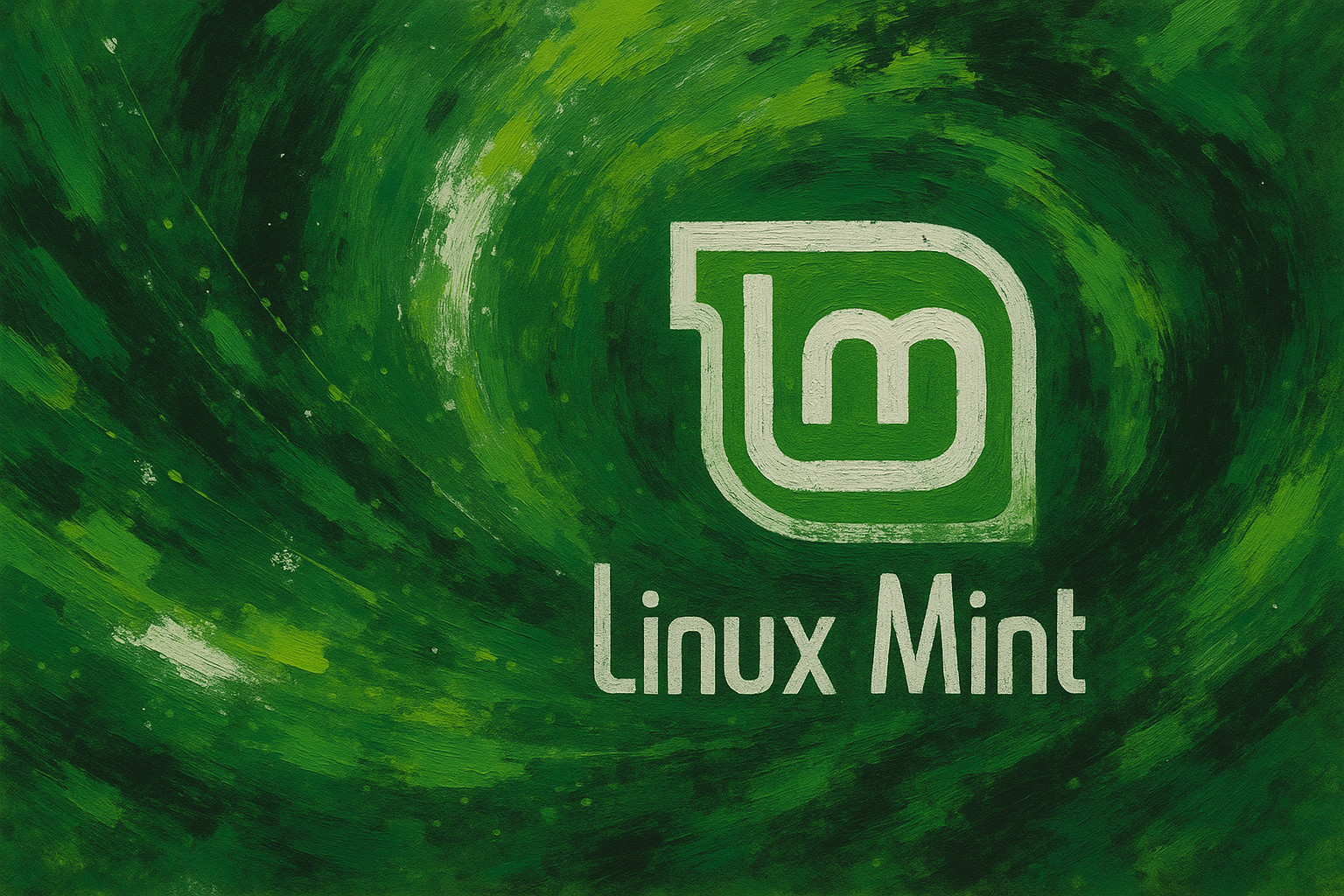Linux Mint for Windows Users: A Familiar and Powerful Transition

Table of Contents
Linux Mint for Windows Users: A Familiar and Powerful Transition#
Introduction#
For many Windows users, switching to Linux feels like stepping into a foreign country without a map. But Linux Mint isn’t foreign — it’s more like finding your house has been remodeled with better lighting and no rent.
Linux Mint is a popular Ubuntu-based Linux distribution designed to look and feel familiar to people raised on Microsoft Windows. It has consistently ranked among the most widely used desktop Linux systems, particularly for users seeking simplicity, stability, and visual familiarity.
Why Linux Mint Feels Familiar#
The primary edition of Linux Mint uses the Cinnamon desktop, a clean, traditional interface modeled after Windows. It includes:
- A bottom taskbar with a system tray and clock
- A Windows-like start menu
- Desktop icons and right-click context menus
- A file manager that resembles Windows Explorer
It’s designed to minimize learning curve stress, giving Windows users instant orientation. MATE and Xfce editions exist too, catering to even more minimal tastes or older hardware 1.
Mint also includes out-of-the-box support for proprietary drivers (like NVIDIA GPUs) through its Driver Manager, similar to Windows Update’s driver automation 5. It bundles codecs and pre-installed apps (VLC, Firefox, LibreOffice) so everything “just works” 2.
Use Cases for Everyday Life#
Linux Mint isn’t just for tinkerers. It’s built for people who want their machines to work without drama:
- Home Computing: Browsing, YouTube, email, documents — Mint nails the basics.
- Small Business and Education: No licensing fees, easy setup, stable desktop experience.
- Legacy Hardware: MATE and Xfce run fast on machines that wheeze under Windows 10.
- Light Development: apt-based tools, Flatpak support, and a full suite of dev utilities.
- Gaming and Compatibility: Steam+Proton, plus Wine for older Windows apps 7.
- Turnkey Systems: Linux Mint ships on devices like the MintBox — ready to roll from power-on 12.
Feature Highlights#
Linux Mint is filled with thoughtful touches that reduce friction:
- Cinnamon Desktop: Made by Mint, for Mint. Clean, fast, and customizable 19.
- Timeshift: Take system snapshots and roll back when updates go wrong — like Windows Restore Points 10.
- Update Manager: Stable-by-default. Updates are vetted and ranked by safety level 10.
- Software Manager: GUI installer for apps, with Flatpak/Flathub built in 8.
- Security Defaults: AppArmor, UFW firewall, and no forced telemetry 18.
And it doesn’t use Snap — avoiding controversial app packaging decisions made by Ubuntu 2.
Performance and Stability#
Linux Mint is built for reliability. It’s based on Ubuntu LTS, meaning:
- Long-term support (five years)
- Stable kernel and package base
- Optional edge ISOs for newer hardware 20
Releases are polished and delayed when needed — not rushed. Mint’s philosophy is clear: better to be stable than shiny 9.
Mint also retired volatile features (like KDE) to focus development resources 21. Its tools are custom-built, lightweight, and thoroughly tested before hitting user systems.
Community and Long-Term Viability#
Linux Mint isn’t a one-man hobby. It has a thriving community, regular releases, and a solid support history:
- #1 on DistroWatch as of late 2024 13
- Topped rankings for six straight years in the 2010s 15
- Actively translated, tested, and refined by volunteers worldwide 23
- Its founder Clement Lefebvre and two full-time developers continue to lead it full-time 22
It’s not driven by VC capital or massive corporations. It’s a labor of love, funded by donations, sponsorships, and hardware partnerships like the MintBox 22.
Development Model and Governance#
Linux Mint is a community-driven distro with open governance. All tools are open source. Updates are transparent. No tracking, ads, or bloat.
Mint also ships an LMDE (Linux Mint Debian Edition) — a version built directly on Debian, not Ubuntu — as a hedge against upstream disruption 11. It reflects a deep commitment to user independence and system autonomy.
Mint is developed primarily in Python. Its tools are lightweight and clear. You can inspect or fork every component. It is not a black box.
The Bottom Line#
Linux Mint gives Windows users a lifeboat — or maybe a lifeboat with upgrades. It provides a stable, powerful, and easy-to-use Linux desktop that doesn’t treat you like a beta tester or data source.
If you’ve ever said, “I wish I could ditch Windows, but I don’t want to re-learn everything,” Mint is your answer.